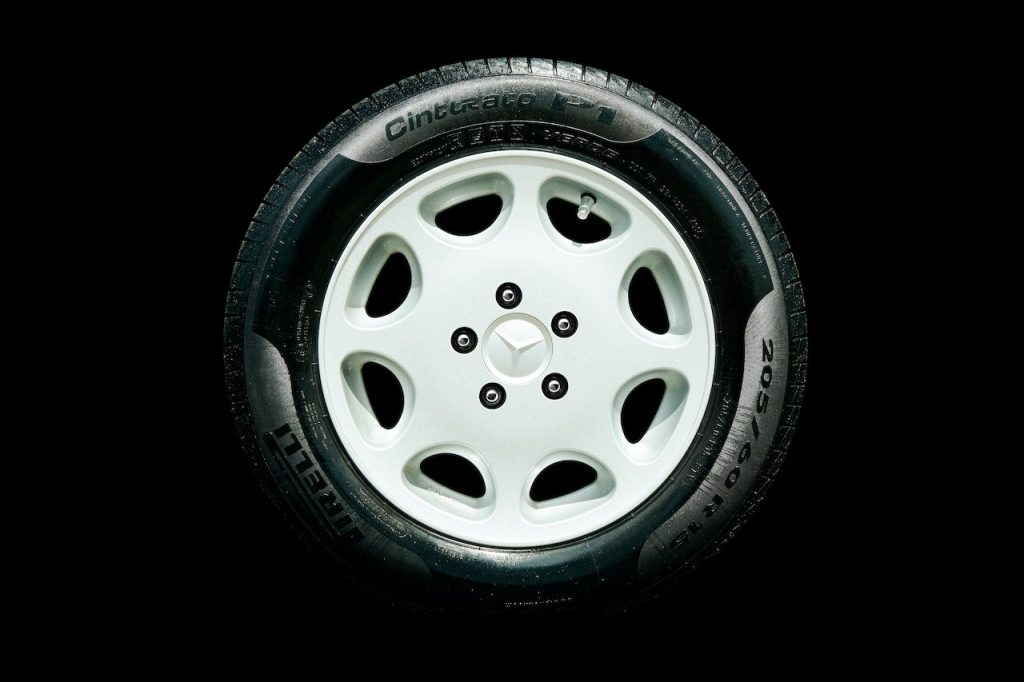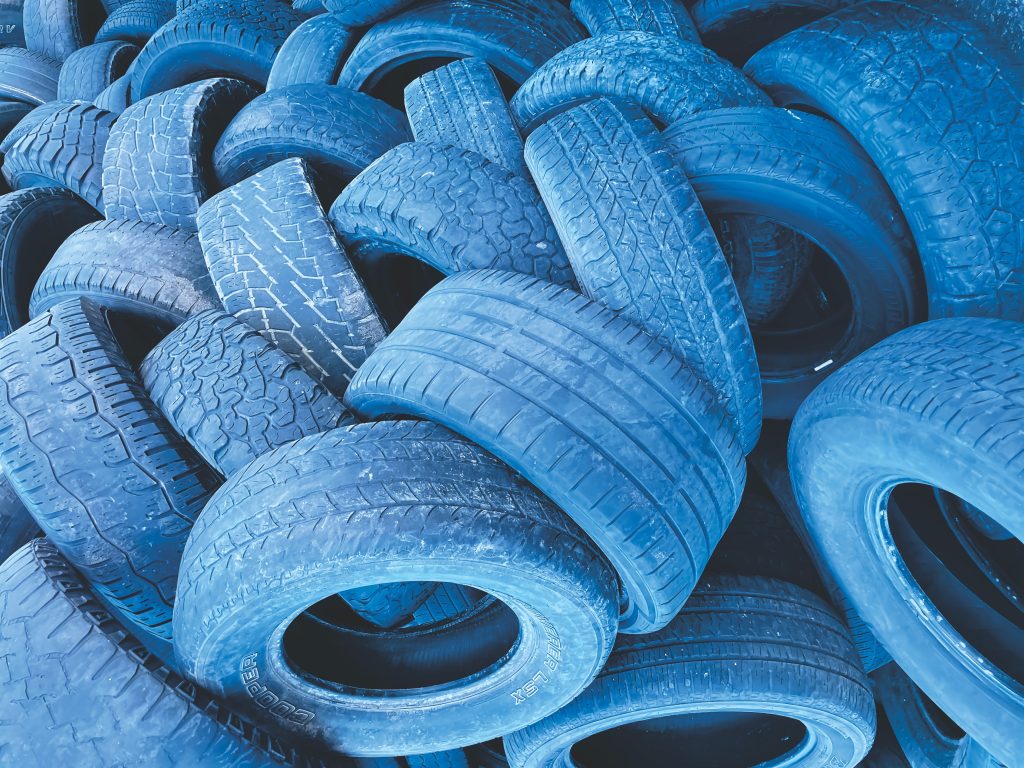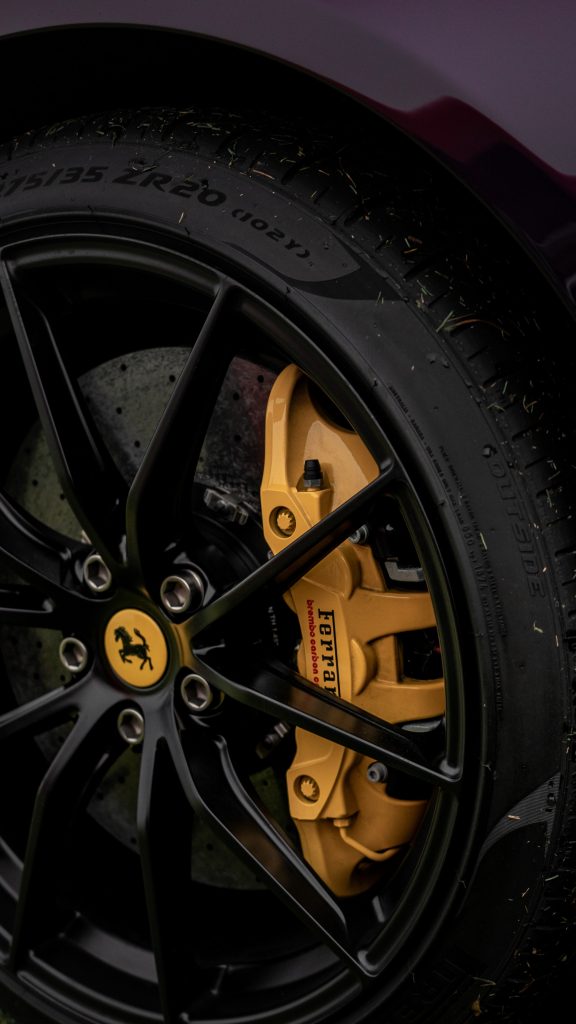Good tyres are critical for road safety. That’s why so much research and development has been put into tyre development over the years.
When manufactured new, cars are offered for sale with a certain brand and size of tyre. Obviously, owners have a choice of the tyres they fit but the crucial aspect is that the right tyres are selected to do the job.
These days, there’s a wide selection to choose from: Cheap tyres may fit the financial bill at the time but there is no substitute for buying the best rubber that finances will allow.
To help, during the moulding process, tyre makers impress lots of details about the tyre, in the form of a code, to allow car owners to make an informed choice.
So here’s a guide on how to read tyre codes/markings and numbers:
What are tyre markings?
The purpose of having codes or markings, in the form of letters and numbers, on the sidewall of a tyre is twofold: They convey important information such as the size, load specifications and speed rating of any tyre and secondly, to demonstrate that the rubber meets safety standards.

Over time, as road regulations and laws have increased, so the need for makers to put more and more information on their products has, to the effect that now, in the 21st Century, with a little research we can learn all we need to know about the tyres we buy.
How to read tyre data?
Buyers can judge for themselves about the tyres they buy thanks to the information embossed on the rubber.
Clearly, a professional tyre fitting service will advise, but for peace of mind when ordering, especially online, it is a good idea to understand what all the letters and numbers mean.
Tyre Size
The size of a tyre is given as a number and letter sequence like this: 205/55R16. The example is a very common sequence for mainstream cars but it will vary depending on model type and performance. This sequence breaks down as follows:
Tyre width
The width of the tyre from sidewall to sidewall. It’s a number in millimetres and in the case of our example, the tyre will be 205mm wide.
Aspect ratio
The aspect ratio details the height of the sidewall in relation to the width of the tyre as a percentage. Again, in the example, after the oblique, there are two digits: 55. This means that the sidewall is equivalent to 55% of the width.
Tyre Construction
Underneath that thick layer of rubber tread comprising grooves to maintain grip and sipes to disperse water, lies a complex blend of layers.
These layers are comprised of rubber, artificial rubber, wire and textiles called plies that are moulded together under pressure to form the finished article.
This offers a combination of strength, good wear and safety characteristics. There are different types for seasonal or performance use, like low-profile variants, but whatever type is selected the vast majority of tyres made today are made in a radial pattern.
Radial
This is the letter ‘R’ in the sequence. Radial is a method of construction whereby the layered plies of the tyre are assembled at ninety degrees to the direction of travel.
The purpose of this is to give added strength as the tyre flexes in forward and lateral motion.
Wheel diameter
Car makers offer mostly alloy but sometimes old-school steel wheels on their new offerings. The wheel size is selected as being suitable for that particular model.
The trend to add extra style though means that sometimes wheels are offered in different sizes. Whatever the wheel size is, the tyre fitted has to be of the same diameter. In the above example, that’s sixteen inches.
The above sequence then is the first port of call for any owner looking to order tyres and most online suppliers will have a digital selector where a model name can be stated to find out the correct tyre to use. Buyers are then directed to the right choices.
How to read the tyre expiry date?
At some point on a tyre sidewall, usually on a lower edge, there will be a number comprising four digits.
The first two numbers state the week of the year in which the tyre was made and the second two give the year. So ‘3620’ means the 36th week of the year 2020.

The age of a tyre matters, even if it is new. On or off a vehicle tyres will age, affected as they are by weather and storage conditions. Even if not in use they can deteriorate over time. Thus it is generally accepted that any tyre, even if appearing to be brand new, that is over five years old, should not be used.
Further, any tyre that is offered for sale with just a three-digit number should be refused as the tyre was constructed prior to the year 2000 and is now too aged.
Load Index
After the size index of a tyre, there usually follows a mysterious three-digit symbol, two numbers and a letter, which will often have drivers scratching their heads. When we buy a car the assumption is made that the correct tyre is fitted for the job, but that will depend on the job the vehicle is required to do.
For example, a tyre fitted to a station wagon may be suitable f
or family motoring but may not be appropriate for carrying very heavy weight. That’s why tyres have a load rating.
For the purposes of this explanation, the example of 93U is given.
In more detail, the number 93 is the load index. Basically, this means that 93 designates the maximum load that tyre can safely carry: 93 equates to 650kg. Lower profile tyres tend to have lower load ratings, designed as they are for putting performance first.
So this is a little understood but crucial number. Should a car owner decide to fit different or bigger tyres to the rims, then the load rating must be the same or higher, otherwise, safety is compromised.
Speed rating
The final letter, in the example, it is ‘U’, which designates the maximum speed that is recommended for that tyre. In this case, it is 124 miles per hour. Again, this is a little-known aspect of tyre technology.
A professional tyre fitter should advise on this in the sense that a customer might order what appears to be the correct tyre size, but it may not be rated for the speed of a car.
For example, a car that has a top speed of 168mph must have a tyre rated W. If that simple rubber circle cannot withstand the forces upon it, then accidents happen.
With the power available to drivers of high-performance sports cars, for example, it is essential that the tyres fitted are fit for purpose. The same goes for motorcycle riders. A good grip is required in all conditions; that’s why speed ratings are clearly marked.
Other markings
In addition to the above, other markings appear on tyres. Overall, they give a pretty comprehensive overview about that simple circle of rubber. Following here is a breakdown of other information supplied:
Brand name
An obvious choice for manufacturers as it promotes their brand whenever the vehicle is stationary. It is the company’s seal of approval that says ‘our tyres are so good, we put our name on them.
Certain brands have a reputation for certain things. Bridgestone, for example, offer a wide range of popular rubber for sundry purposes whereas other famous names are known especially for producing high-performance tyres for fast cars.
Drivers, as with so many other things in life, find a brand they like and stick with it. That way they know over time how long a tyre will last and how it is in use.
Pattern Name
This is a big topic. In the early days of automotive use, the choice of tyres was simple. Owners purchased crossply tyres. These were constructed of multiple layers of rubber overlapping each other. They were not as flexible as modern radials and had a tendency to overheat.
This robust construction also meant that less rubber was put on the road. These days though, such tyres are rarely seen and are the province of classic car collectors. For modern motoring, they are no longer suitable.
Instead, we now have a wide choice of tyre patterns. Virtually all tyres are of radial construction but this varies according to the use to which they are put. Here are the variations:
The most common, in daily use on most mainstream motors, is the multi-directional pattern. These tyres are not sensitive to any given fitting position on the vehicle. It doesn’t matter where on the car they are or the direction in which they are fitted.
Directional pattern tyres provide the best straight-line stability and lower noise generation. However, this type of tyre must be fitted the correct way round on the wheel, identified by an arrow symbol, to ensure the correct direction of rotation is achieved.
These days, as cars have become faster, asymmetric pattern rubber is a more common fitment. In this case, the pattern is different on each side of the centre of the width and tends to be denser towards the inner edge, ideal for mixed weather conditions.
And there’s more: Buyers can now choose from run-flat tyres or self-sealing versions, which are great to get a car stricken with a puncture home. Other, rarer types exist and, for the future, it is said that one company is developing an airless tyre!
Where the tyre was manufactured
Usually, a tyre will have ‘Made in …’ a certain country embossed on the sidewall. It’s doubtful that most buyers would want to enquire further but if they do there is also a code that designates which factory made it.

A little research online, perhaps via the maker’s website, should quickly reveal the location.
Tread wear indicators
It is a car owner’s responsibility to ensure that their car tyres are safe and legal. This is a well-known law and motorists are advised to make regular checks of that all-important rubber.
Commonly, owners will check the tread depth with a gauge or the 20p piece trick across the width of the tyre, checking for other faults at the same time.
In addition, tyre makers put a little moulded ridge in the main grooves of the product. When the tread surface is worn to the same level as these indicators, the tyre is at the legal minimum limit. Time for a new set.
Manufacturing date code
As described in the ‘expiry date’ section above, the code by which the age of a tyre can be checked is the same. It is that four-digit number that is the date of manufacture and this is the means by which age can be assessed.
ECE type approval
ECE (the Economic Commission for Europe) type approval applies to most tyres in use today, whether passenger or commercial. The purpose is to ensure the safety, environmental and economic efficiency of road transport.
Items checked to include wet and dry grip, tyre noise and, increasingly, fuel efficiency. The idea behind it is that buyers can choose to select the most efficient product.
The number is identified by the letters DOT followed by other letters and numbers and culminating in the four-digit date code as described above.
Summary – How to read tyre markings/codes/ numbers
The cars we drive today have never been so safe, efficient and comfortable. This is due in part to the tyres; those rubber hoops which form the only contact with the road.
They take a heavy load and have to maintain grip in all conditions. That’s why they are always checked as part of the national MOT test.
There are strict guidelines about tyres and it falls to each car owner to make sure the right, legal tyres are fitted. That’s why all this information is indelibly pressed into the tyre walls.
From this information, tyre buyers can make the right choice of product. Road safety is paramount so it pays to learn what tyre codes mean.
